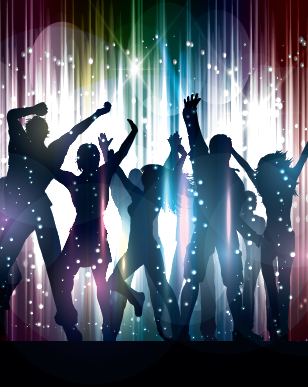Let’s Dance!
‘I started going to clubs and raves when I was about nineteen. A few of my friends went, and they told me that I’d love it. They were right!’
- Lara
Lara is a twenty-one-year-old student who loves dancing. ‘At the moment, my favourite kind of music is acid jazz. I’d love to go to a FatBoy Slim or Ken Ishii gig. They’re so cool,’ says Lara. FatBoy Slim and Ken Ishii are not pop stars; they are famous DJs. Being a DJ these days means more than playing records at a nightclub. DJs now produce their own songs by mixing music, making new sounds and remixing songs. DJs like FatBoy Slim have also produced a lot of successful CDs of their own music.
Nightclubs have been popular since the seventies but today’s clubs are different. They don’t usually open until at least 11 p.m., and people often stay until 7 or 8 o’clock the next morning. Some clubbers will keep on dancing until 12 o’clock in the afternoon. These clubs are for dedicated dancers only!
Raves are also an important part of dance music. Raves are dance parties. There could be anything from 80 to 1500 people at a rave. They sometimes take place outside; for example, on a beach or in a park. Raves started to become popular in Europe in the mid-eighties. Now there are raves all over the world, including India, Japan, Brazil and Africa. Famous DJs often travel to these countries to perform.
Why has dance music become so popular? Some people believe that clubs and raves give young people what the hippies found in the sixties. They have a feeling of community and find somewhere to meet people just like them. Many clubbers and ravers say that dance music helps them to escape from their problems. They feel they are part of a big happy family. But most people just love to dance.

